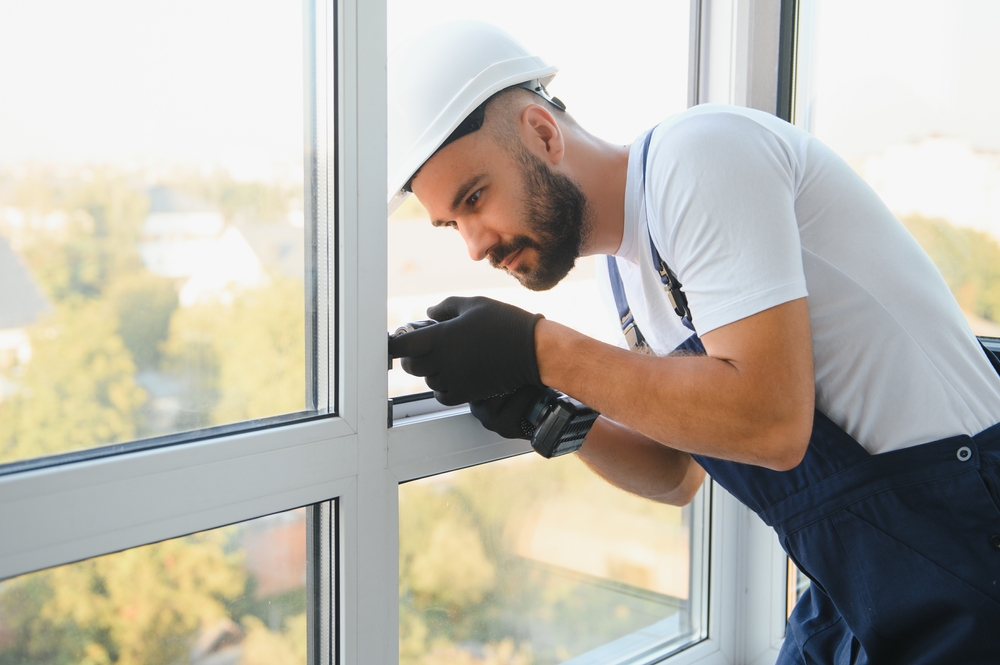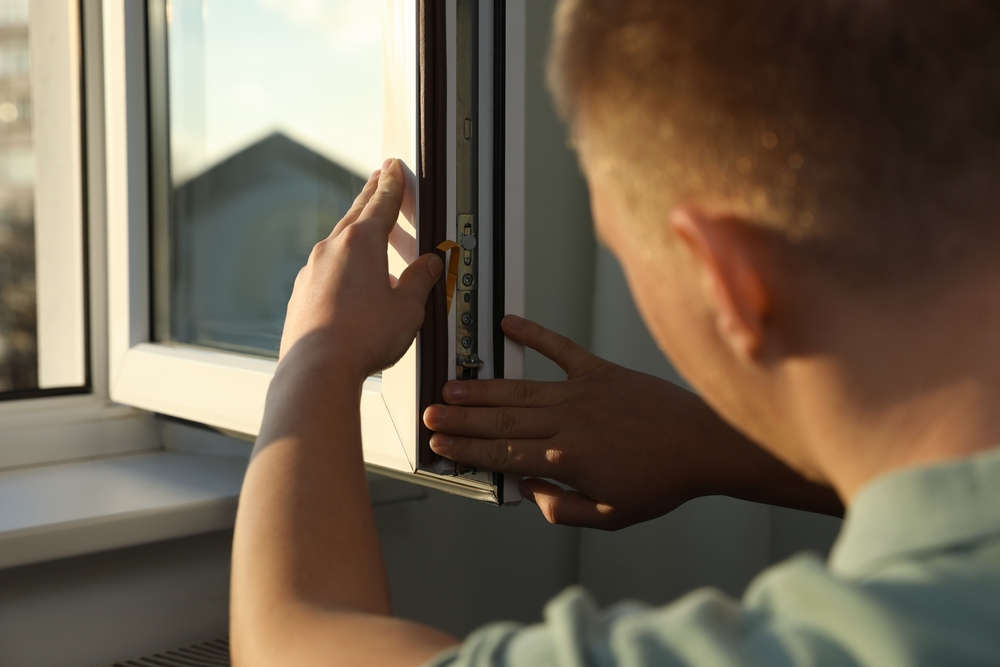UPVC Windows Price Calculator

Found this site useful? Please let others know on TrustPilot
Replacement Windows Cost: How Much Do uPVC Windows Cost in the UK?
Looking to replace your windows and wondering how much it will cost? uPVC windows remain the most popular choice for UK homeowners thanks to their durability, energy efficiency, and affordability. This guide breaks down the average cost of replacement uPVC windows in the UK, what affects the price, and how to get the best deal for your home.
Average cost of uPVC replacement windows
The price of new windows depends on size, style, glazing type, and installation requirements. Here are the typical costs you can expect:
| Window Style | Average Cost (per window, supply & fit) | Price Range | Notes |
| Casement uPVC window | £300 to £600 | £250 to £800 | Most common style |
| Tilt & Turn window | £400 to £700 | £350 to £900 | Added flexibility and ventilation |
| Sash uPVC window | £500 to £1,000 | £450 to £1,200 | More complex, higher cost |
| Bay window | £1,200 to £2,400 | £1,000 to £3,000 | Depends on size and sections |
| French window/door | £900 to £1,800 | £800 to £2,500 | Double opening style |
| Full house (8 to 10 windows) | £3,500 to £7,000 | £3,000 to £10,000 | Typical semi-detached house |
These figures include supply and installation, but not extras like decorative glazing or bespoke colours.

What affects the cost of replacement windows?
Not all replacement windows are priced the same. Even if you’re installing standard white uPVC casement windows, there are a number of factors that can push costs up or down.
1. Number of windows
The more windows you replace at once, the better the value per window. Many companies offer discounts for whole-house projects, while replacing just a single window will usually cost more on a per-unit basis.
2. Window style and size
- Casement windows are the most affordable, thanks to their simple design.
- Tilt and turn windows are pricier as they require more complex mechanisms.
- Sash windows (common in older period homes) often cost the most due to their detailed construction.
- Bay and bow windows are at the higher end because they are made up of multiple window sections.
Larger windows naturally require more materials and time to fit, increasing the price further.
3. Glazing options
- Double glazing is the UK standard and included in most prices.
- Triple glazing can add 20 to 30% to the overall cost but provides better insulation and soundproofing.
- Specialist glass (e.g. frosted, stained, or solar-control glazing) will also increase the cost.
4. Frame finish and colour
Standard white uPVC frames are the cheapest option. If you’d like a coloured finish or woodgrain effect, expect to pay 10 to 20% more. Popular colours like anthracite grey or oak-effect add kerb appeal but will push up your budget.
5. Energy efficiency rating
Windows are rated from A++ to G. The more energy-efficient the window (e.g. with argon gas-filled units, thermal spacers, or low-emissivity glass), the higher the upfront cost. However, upgrading to A-rated or above can save hundreds of pounds a year on heating bills.
6. Security features
Basic locks are included in standard windows, but if you opt for enhanced security features like multi-point locking systems, laminated glass, or reinforced hinges, you’ll pay more upfront. This may be worthwhile for ground-floor or street-facing windows.
7. Installation complexity
If your property is straightforward, installation will be quicker and cheaper. But extra costs can occur if:
- Windows are at height and require scaffolding
- Brickwork needs repairing or resizing
- Old frames contain asbestos (rare but possible in very old homes)
- Interior finishes like plastering or trim need redoing after installation
8. Location in the UK
Labour costs vary significantly. Expect to pay more in London, the South East, and other high-demand urban areas. In contrast, rural or northern regions of the UK may benefit from lower installation costs.
Why choose uPVC windows?
uPVC (unplasticised polyvinyl chloride) windows have become the most popular choice for UK households, and for good reason. They offer an excellent balance of affordability, performance, and style compared to aluminium or timber. Here’s why so many homeowners choose them:
- Energy efficiency: Modern uPVC windows are designed with multi-chambered frames and advanced glazing options that reduce heat loss. A-rated uPVC windows can cut heating bills by up to £235 a year in some homes.
- Low maintenance: Unlike timber, which needs regular sanding and repainting, uPVC is virtually maintenance-free. A quick wipe with soapy water keeps them looking like new.
- Weather resistance: uPVC is non-corrosive, rot-proof, and resistant to the UK’s damp, wet climate. A quality installation can last 20 to 35 years.
- Noise reduction: With good glazing and seals, uPVC windows significantly reduce outdoor noise, making them perfect for homes near busy roads or flight paths.
- Security: Most uPVC windows come with multi-point locking systems, internal beading, and toughened glass options to improve safety.
- Affordability: On average, uPVC windows cost 40 to 60% less than aluminium or timber alternatives, making them the most cost-effective upgrade.
- Customisation options: Today’s uPVC windows aren’t just plain white. You can choose from a wide range of colours, finishes (like oak, anthracite grey, or even black), and glazing designs to complement your home.
- Eco-friendly advances: Many installers now offer recyclable uPVC frames, reducing environmental impact when your windows eventually need replacing.

How to save on replacement window costs
Replacing windows is a major investment, but there are several ways to keep costs under control without sacrificing quality:
Get multiple quotes
Always compare at least 3 written quotes from local and national window installers. This helps you spot inflated prices and negotiate better deals.
Ask about whole-house discounts
Many companies offer lower per-window rates if you replace all your windows at once rather than in stages.
Choose standard sizes and styles
Bespoke or unusual shapes cost significantly more. Sticking with standard casement windows in white uPVC will save the most money.
Pick white frames over coloured or woodgrain effect
White uPVC is the cheapest finish. Woodgrain effects like oak or rosewood can increase the cost by 10 to 20% per window.
Schedule off-peak installations
Demand is highest in spring and summer. Booking installations in autumn or winter can sometimes unlock seasonal discounts.
Check energy-efficiency ratings
Higher-rated windows cost more upfront but could save you hundreds in heating bills over the years. This makes them more cost-effective in the long run.
Beware high-pressure sales tactics
Some companies inflate quotes, then apply “limited-time discounts” to rush your decision. Take your time, and insist on transparent, written prices.
Ask about warranty length
A longer warranty means fewer replacement costs if problems occur. Many uPVC windows now come with guarantees of up to 20 years.
Maintain your windows properly
Simple upkeep like keeping seals clean and hinges lubricated extends the lifespan of your uPVC windows, delaying costly replacements.
FAQs
How much does a single uPVC window cost?
Between £300 to £600 including installation, depending on size and style.
How much does it cost to replace all windows in a 3-bed house?
Expect to pay £3,500 to £7,000 for 8 to 10 uPVC double-glazed windows.
Is triple glazing worth the extra cost?
Triple glazing adds 20 to 30% to the cost but can improve insulation and reduce noise, especially in colder areas or busy streets.
How long do uPVC windows last?
With proper installation and care, 20 to 35 years.
Do new windows add value to my home?
Yes, energy-efficient windows are a popular upgrade and can boost kerb appeal and resale value.
Get free quotes for replacement windows
Ready to upgrade your home with energy-efficient uPVC windows? Compare free, no-obligation quotes from trusted local installers today.